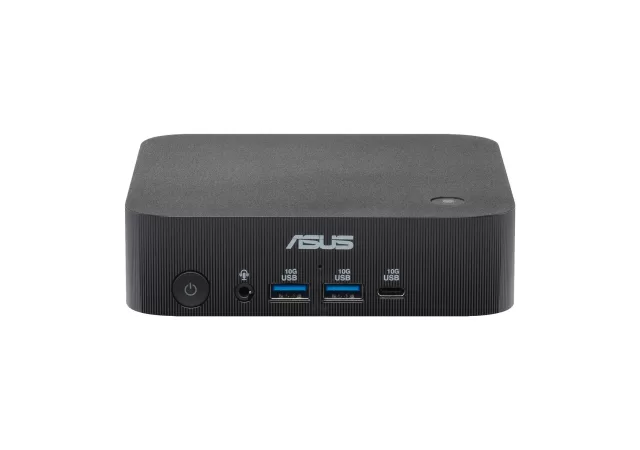No, Apple did not introduce two computing solutions in the Apple event today. They only introduced one computing solution. It is one Mac Studio, and a Studio Display. The Studio Display is just that, a display, not a computing device.
Apple Studio Display
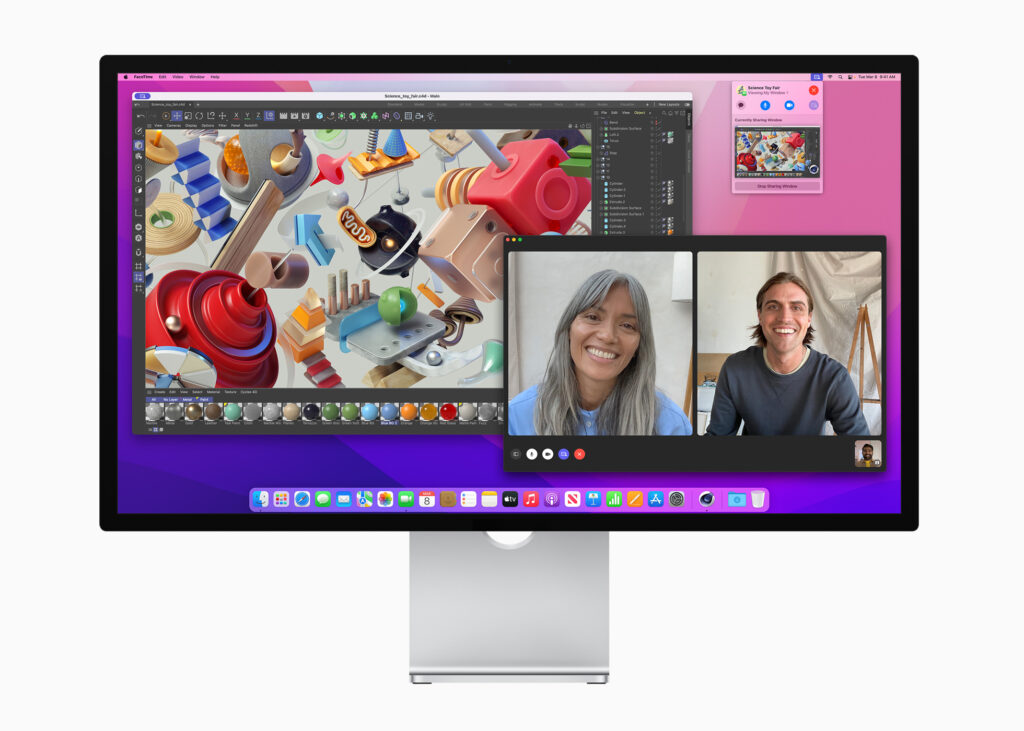
It might as well be though; it packs enough hardware in it to house Apple’s iOS or iPad OS. Yes, it packs Apple’s A13 bionic System on a Chip (SoC). It is a slightly older generation chipset, but still a capable one at that.
The chipset is not used to power an operating system within the display though. It is used to run centre stage capabilities on the built-in 12-Megapixel camera with ultra-wide lens. The powerful chip also allows the six-speakers built into the display to have Apple’s Spatial Audio with Dolby Atmos for an immersive audio when you need it for entertainment.
The main highlight is the 27-inch 5K (5,120 by 2,880 pixels) IPS panel. They say it features 1 billion (10-bit) colours at a wide DCI-P3 colour gamut. This should mean that it features a highly accurate colour reproduction, a sort of requirement if you want to seat it in professional workflows. You can even configure it with something they call Nano-texture coating that acts as an anti-glare coating without the display losing its gloss and colour saturation.
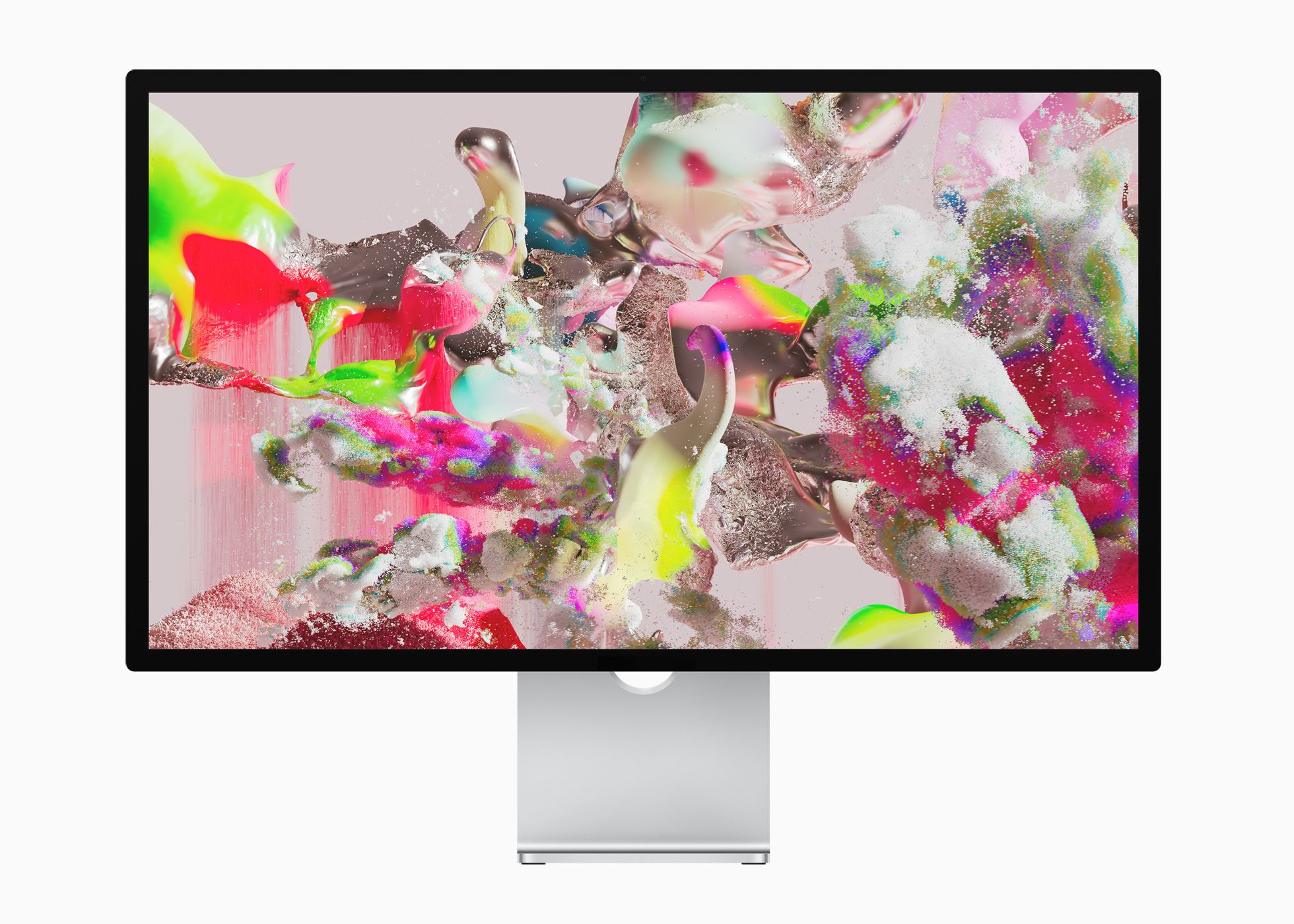
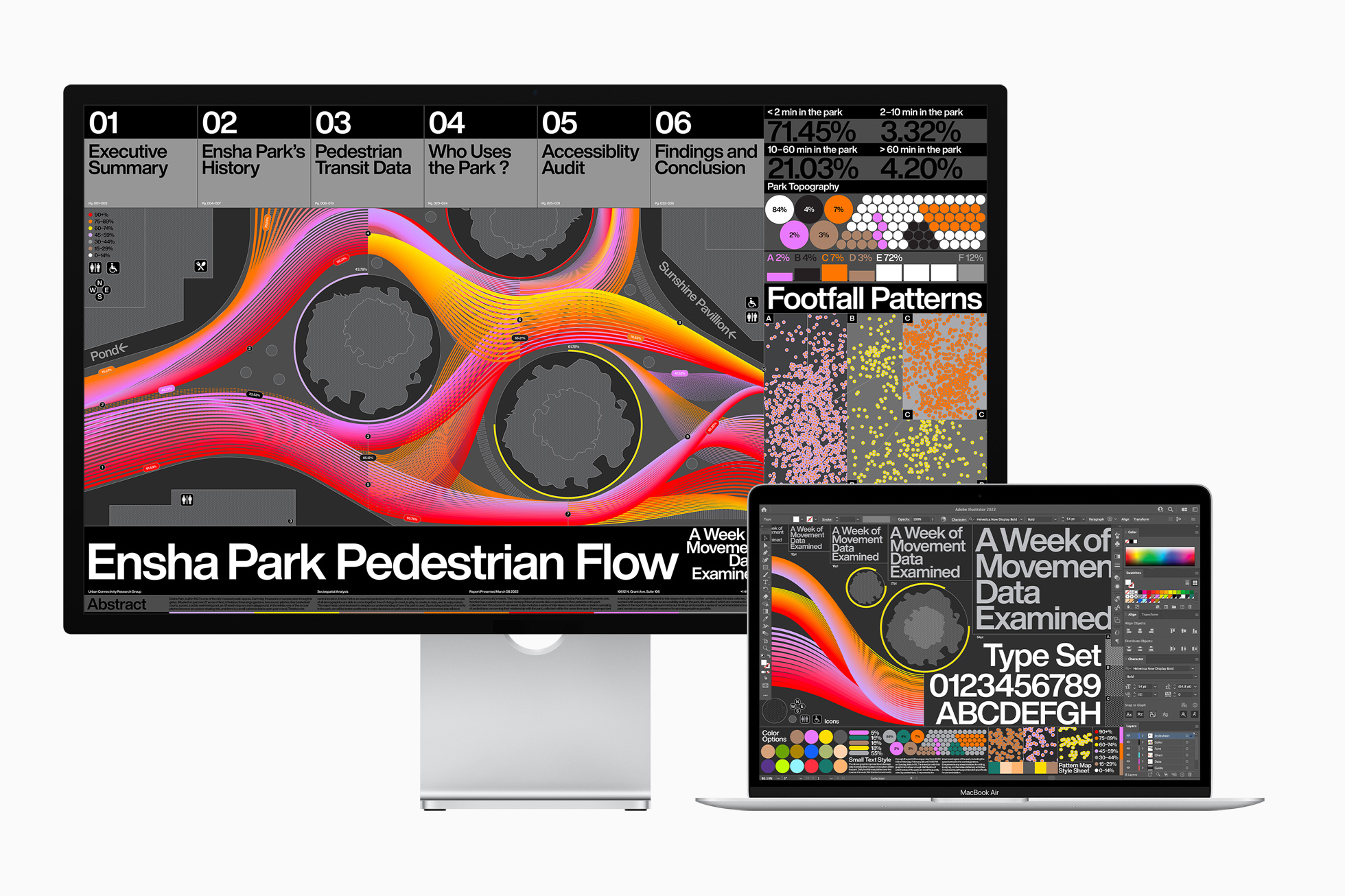
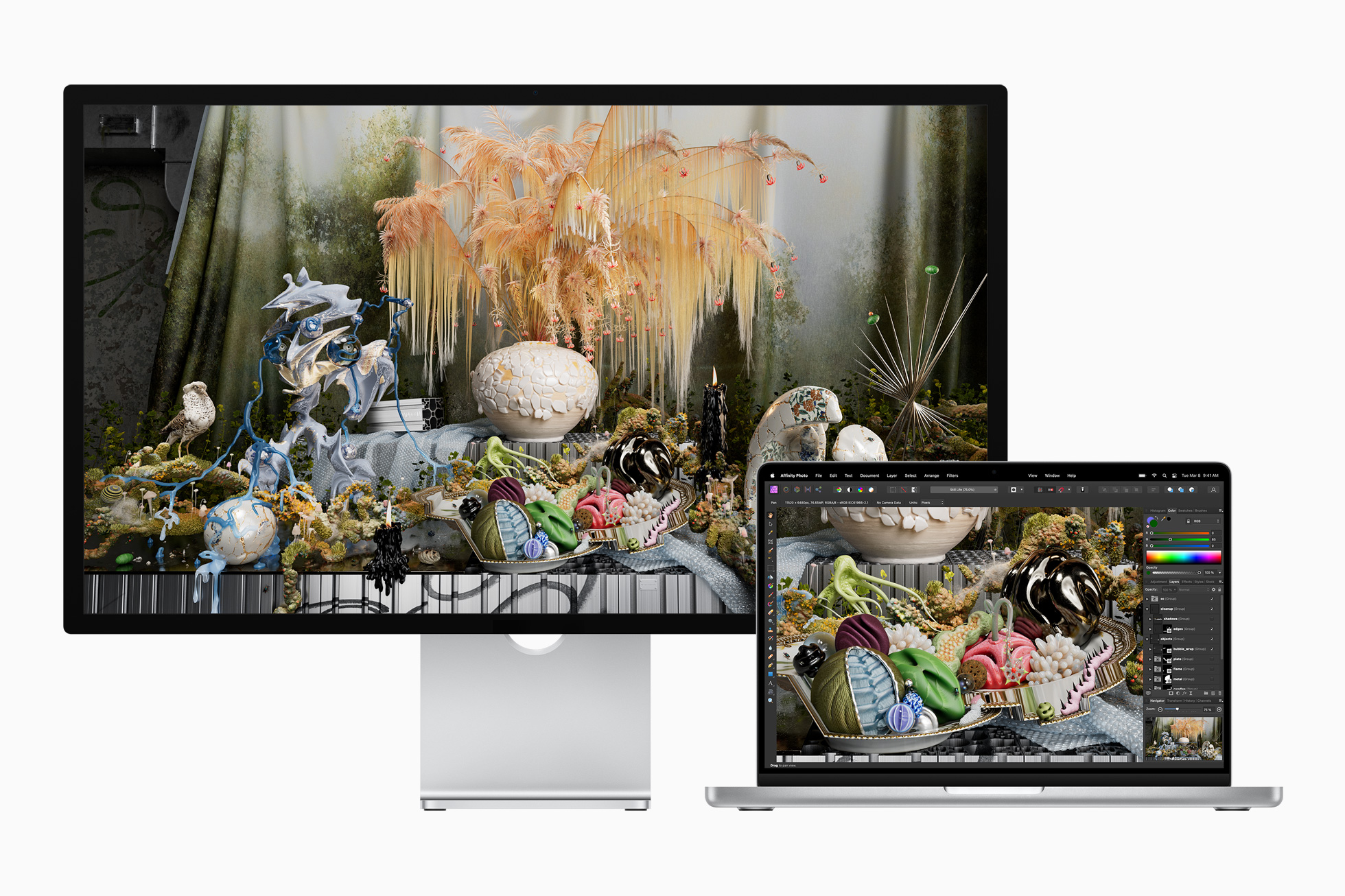
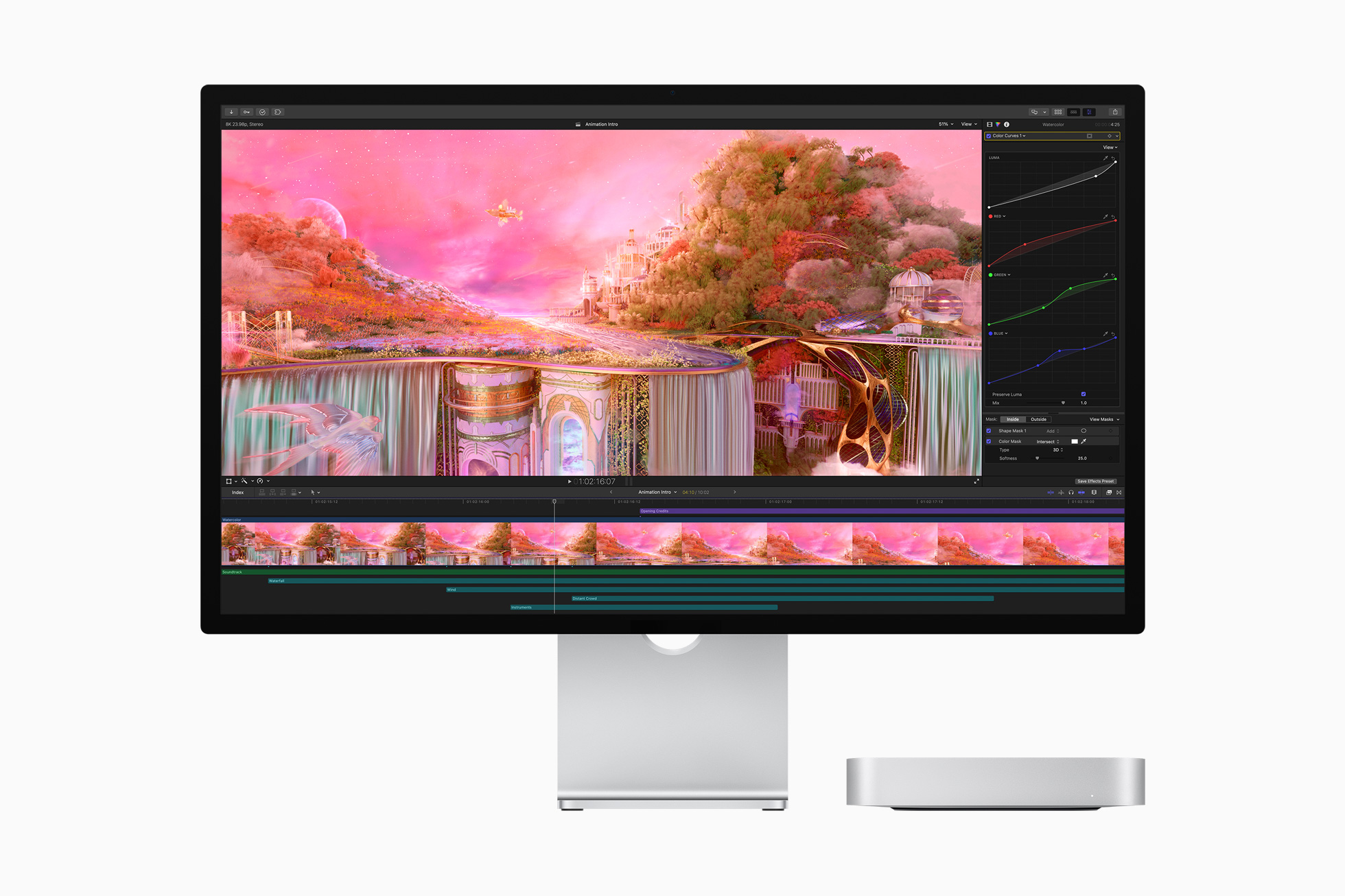
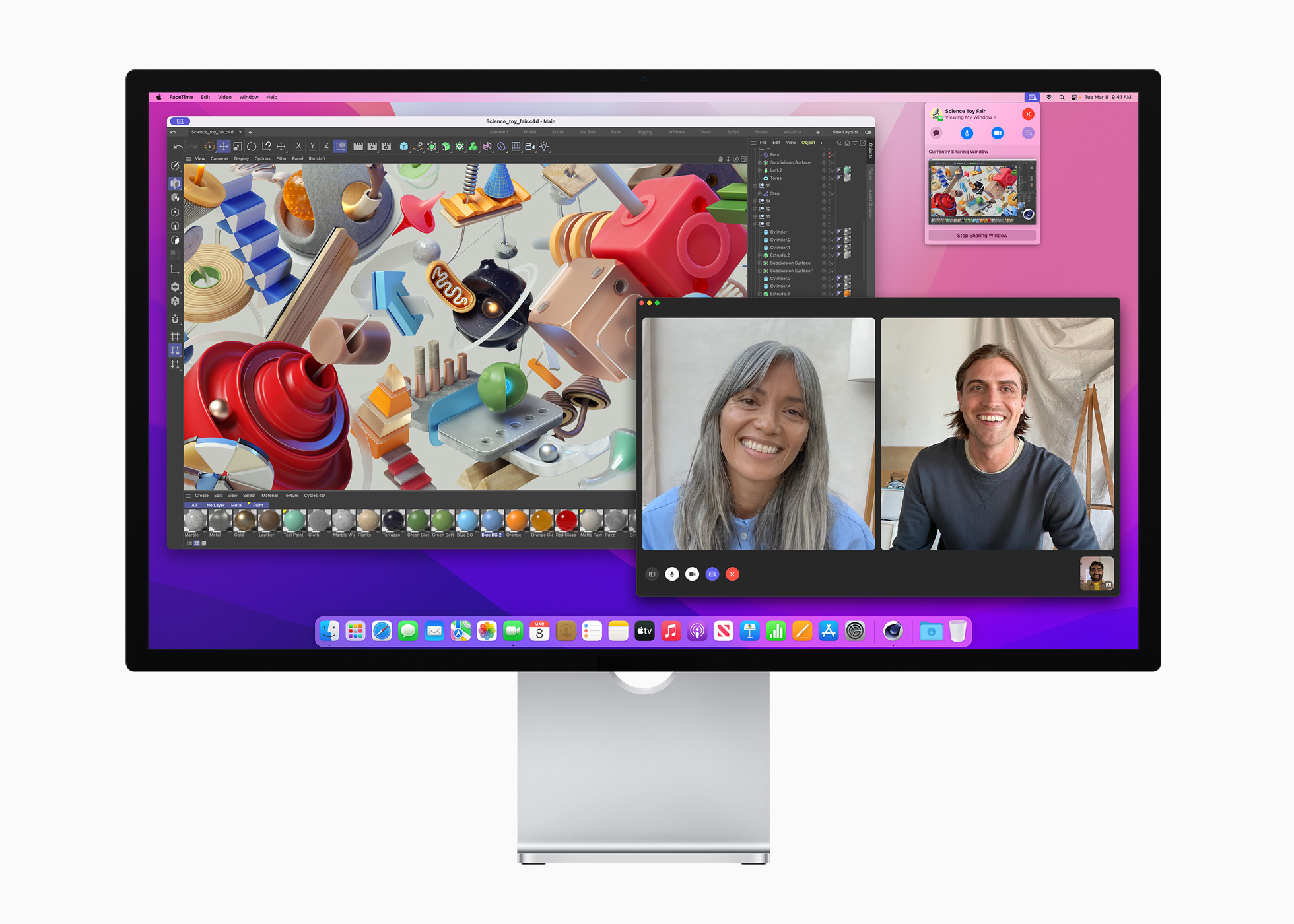
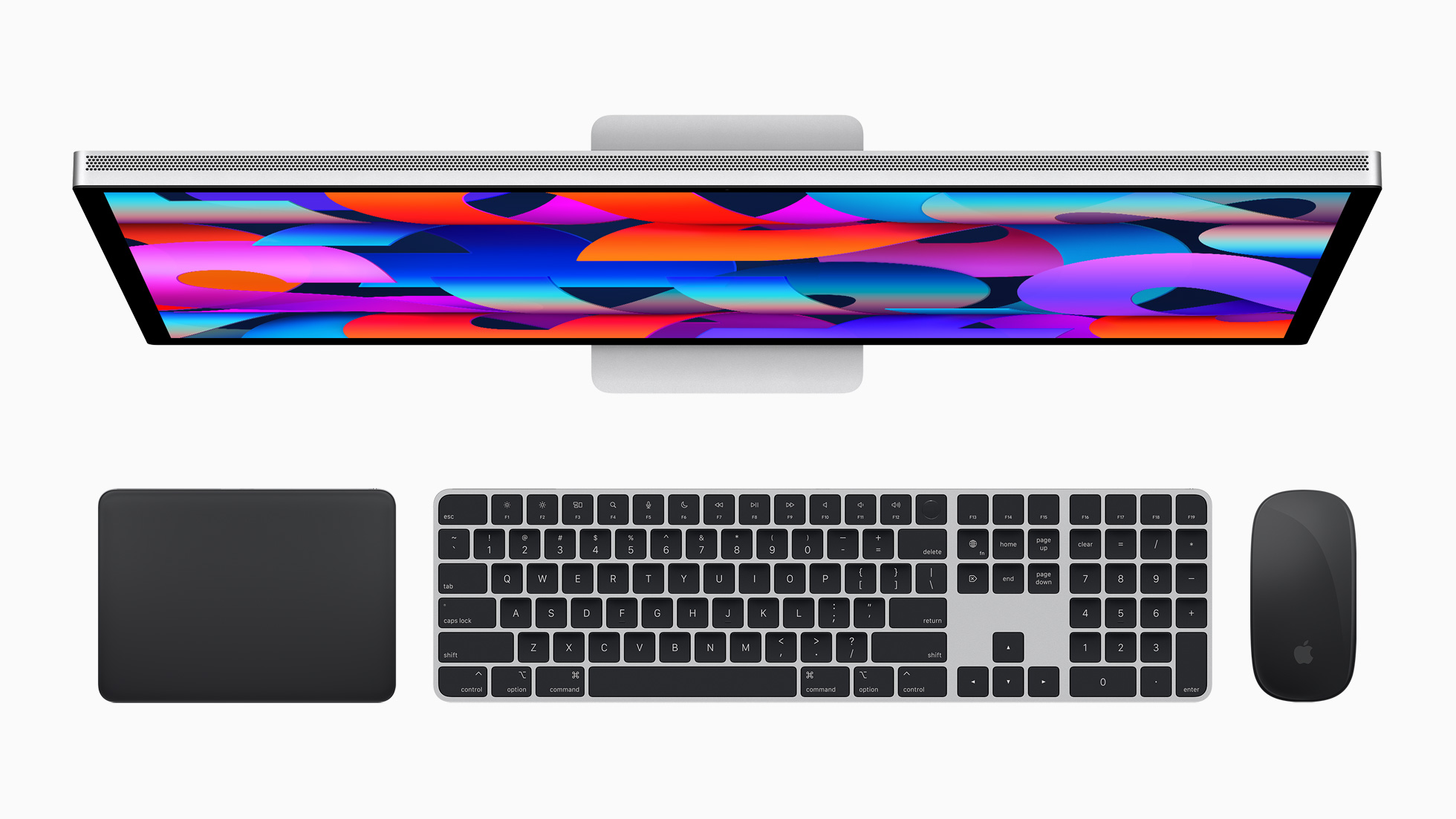
Like any good display there are plenty room for I/O expansions on the Stuido Display. Unfortunately, they are all USB Type-C ports. Besides the mandatory power cable for the 27-inch display, you only need on small USB Type-C Thunderbolt 3 capable cable to come out from the back to your Mac. It does not support HDMI or DisplayPort, which is rather sad. At the same time, the Thunderbolt port also outputs 96W to keep your MacBook charged when it is plugged it.
The way you work with the Studio Display can be very flexible too. There are three stand options for the Studio Display. You can choose to work with it with a very basic tilt-adjustable stand, a stand with tilt and height adjustment, or a simple VESA ready mounting behind the display.
Price and Availability
The Apple Studio Display will be available in the United States (US) from the 18th of March onward. It is available in a few configurations. There are not confirmed dates for its availability in Malaysia. We are guessing that it might come somewhere in April.
You can opt for a regular glass display without coating at MYR 6,999 or one with the anti-glare Nano-texture coated glass at MYR 8,299. There are three stand or mount configuration to choose from as well. Unfortunately, they do not seem interchangeable. You also want to add MYR 1,600 to the price tag if you want the stand with both tilt and height adjustments. More information on the Studio Display can be found on their website.
Apple Mac Studio with M1 Ultra
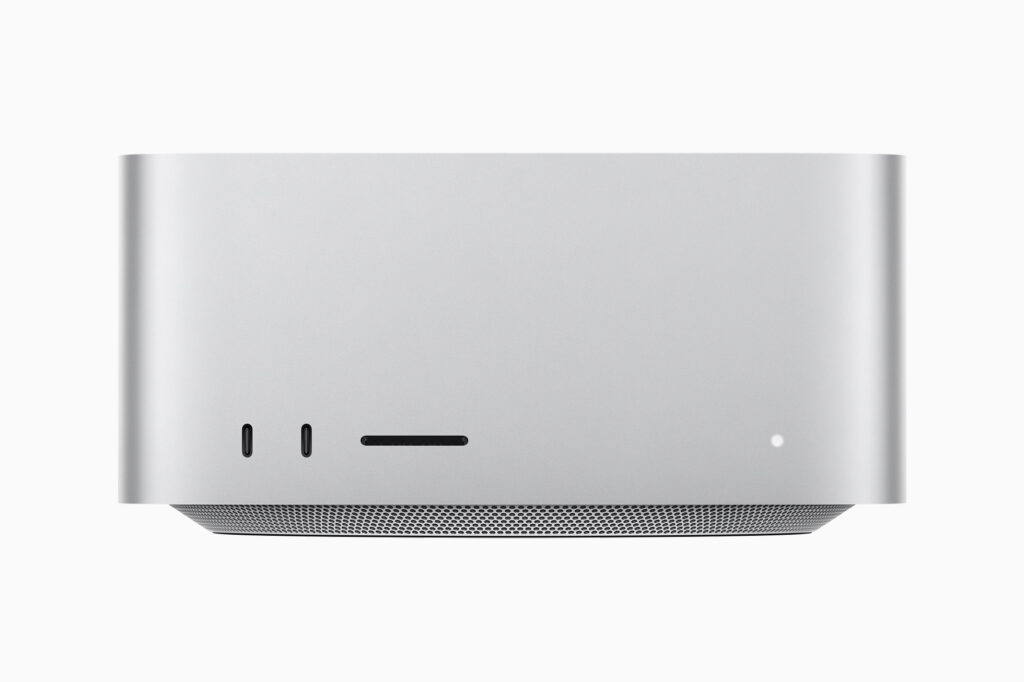
There is no M2 here, not when they have not touched on the Mac Pro. We do not want to say that there is nothing ground-breaking here too, because it is an interesting solution to a problem that Apple created for themselves when they shifted to their own silicon platform for all their computing needs. At the same time, there is nothing too ground-breaking or too surprising on this new Mac Mini lookalike.
Let us get one thing straight though, it is not a Mac Mini. It just looks like one from certain angles. It is also taller than a Mac Mini with more vented ports. Where the Mac Mini stops at the M1 SoC, the Mac Studio starts from an M1 Max, not even an M1 Pro variant here. It is not even priced like a Mac Mini.
There is no need to introduce the M1 Max SoC. It is the same one that you can find on the MacBook Pro. The M1 Ultra though, needs a small introduction, but not that much, you will see our point. Like the M1 Pro and M1 Max, the M1 Ultra is based on the same architecture that the M1 is built upon. They just managed to make it larger than the M1 Max. The result is more processing cores, more GPU cores, more power consumption, and in theory, more power delivered for the MacOS it powers.
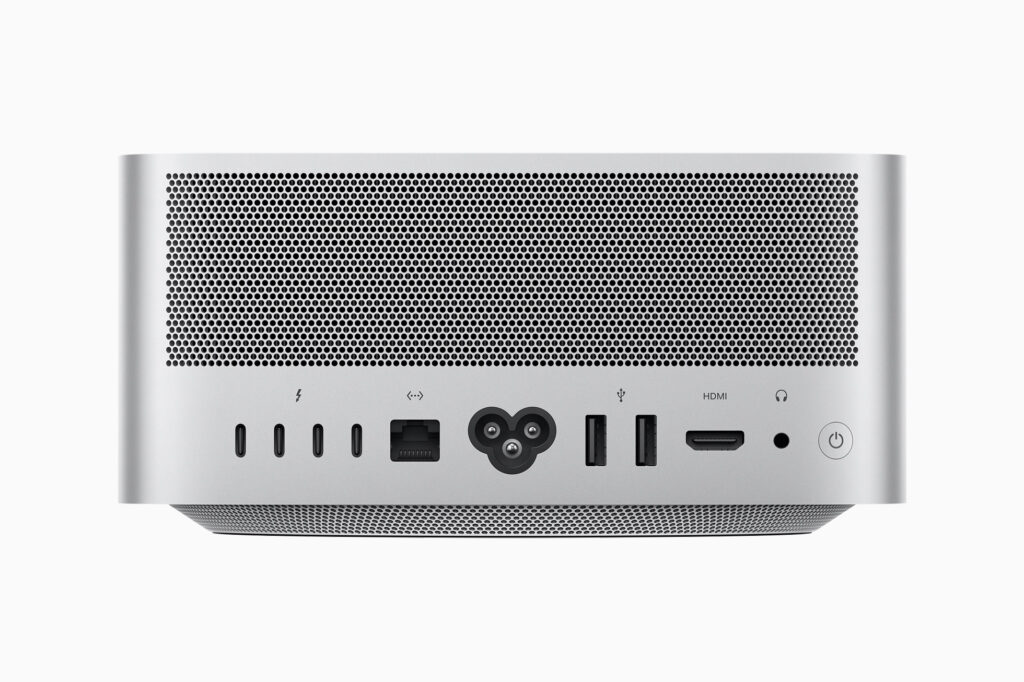
Very much like the M1 Max and M1 Pro chipsets though, the M1 Ultra is not truly unique on its own. The only really interesting thing about it is that it is basically two Apple M1 Max SoCs glued together by a connecting bridge that Apple claims to be unique to Apple and no one else. You can hardly refute that claim though, you have never seen the likes of Intel and AMD gluing two of their chips together to make a single larger operating chip. You might see Qualcomm trying to follow suit with their future computing solutions, but we do not see that happening anytime soon.
The result is the M1 Ultra doubles its processing speed from the M1 Max allowing for up to more than triple the CPU performance and nearly five times more GPU performance (Apple claims). It doubles the memory bandwidth allowing for up to 128GB in unified memory, and we expect it to also double the power consumption. They did not specify that, but it makes sense.
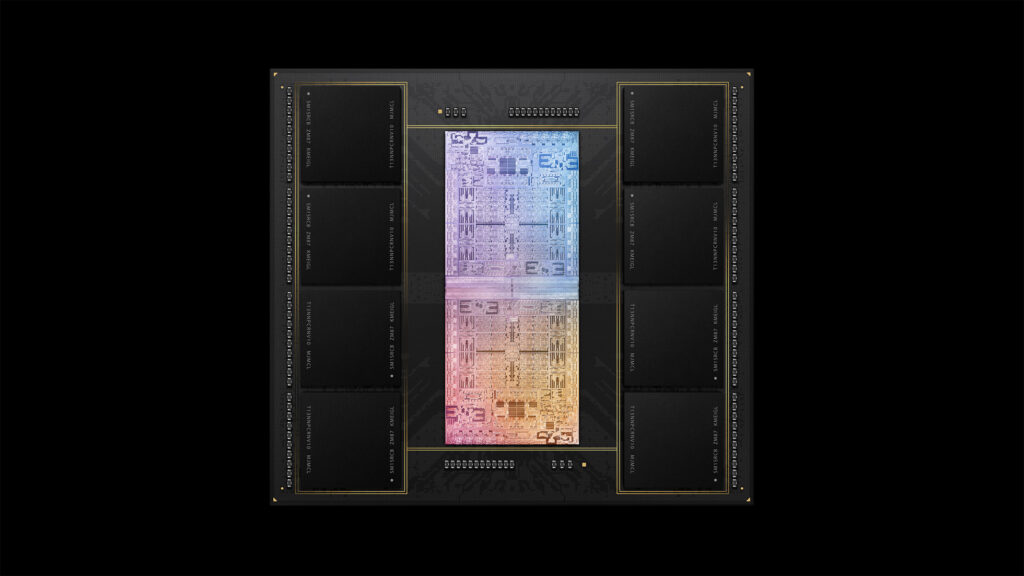
Double the power also means twice the heat to manage, which also means that the Mac Mini-esque Studio block gets proper cooling and ventilation to keep the M1 Ultra happy at pace. Thanks to all of that, the Mac Studio is capable of handling 18 simultaneous 8K ProRes video streams in one go for a smooth multi-camera workflow when you need it. Then again, Apple ProRes is Apple’s proprietary video format that should be optimised to Apple’s chipsets and use case. But 18 streams is, at the very least, properly impressive.
According to Apple, the Mac Studio is also capable of handling up to 5 displays. According to the presentation, the Mac Studio can work with up to four Pro Display XDRs and one 4K display. To afford that kind of set-up requires you to spend upward of MYR 100,000 though. The more sensible set up for an editing studio would be a two-monitor editing set-up and a 4K presentation display. If you are going to go all Apple on that, it is still about MYR 40,000 onward.
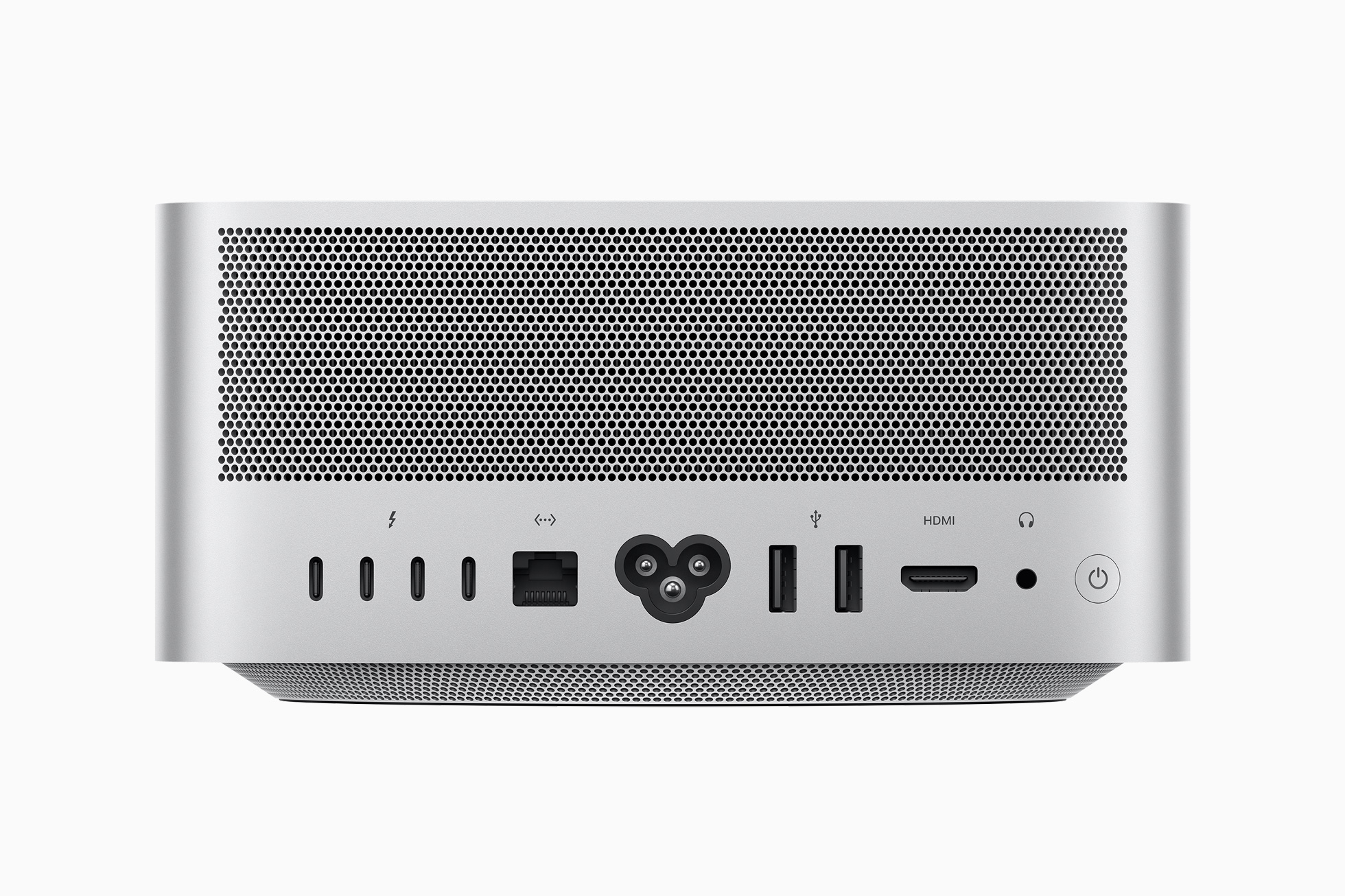
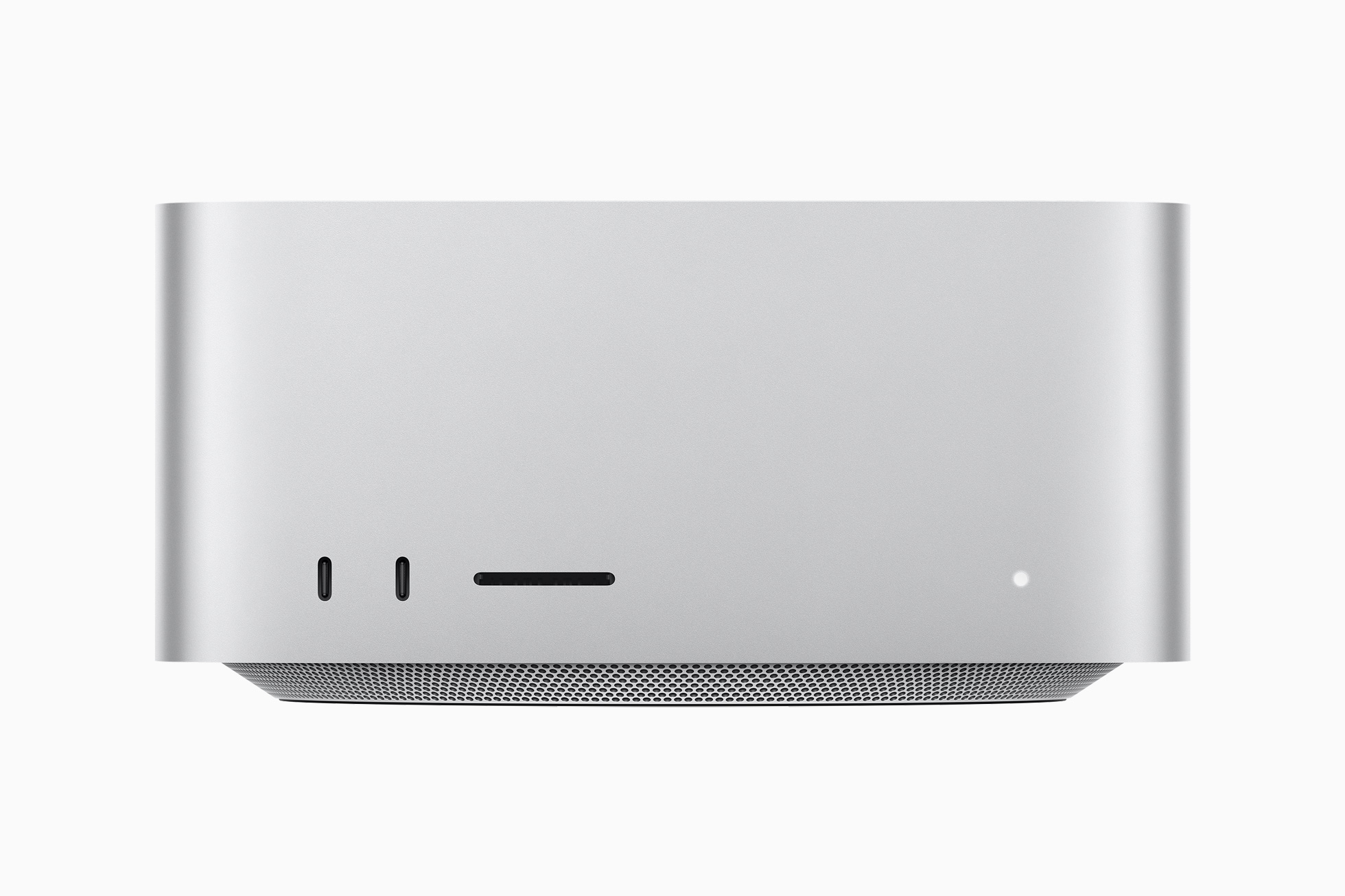

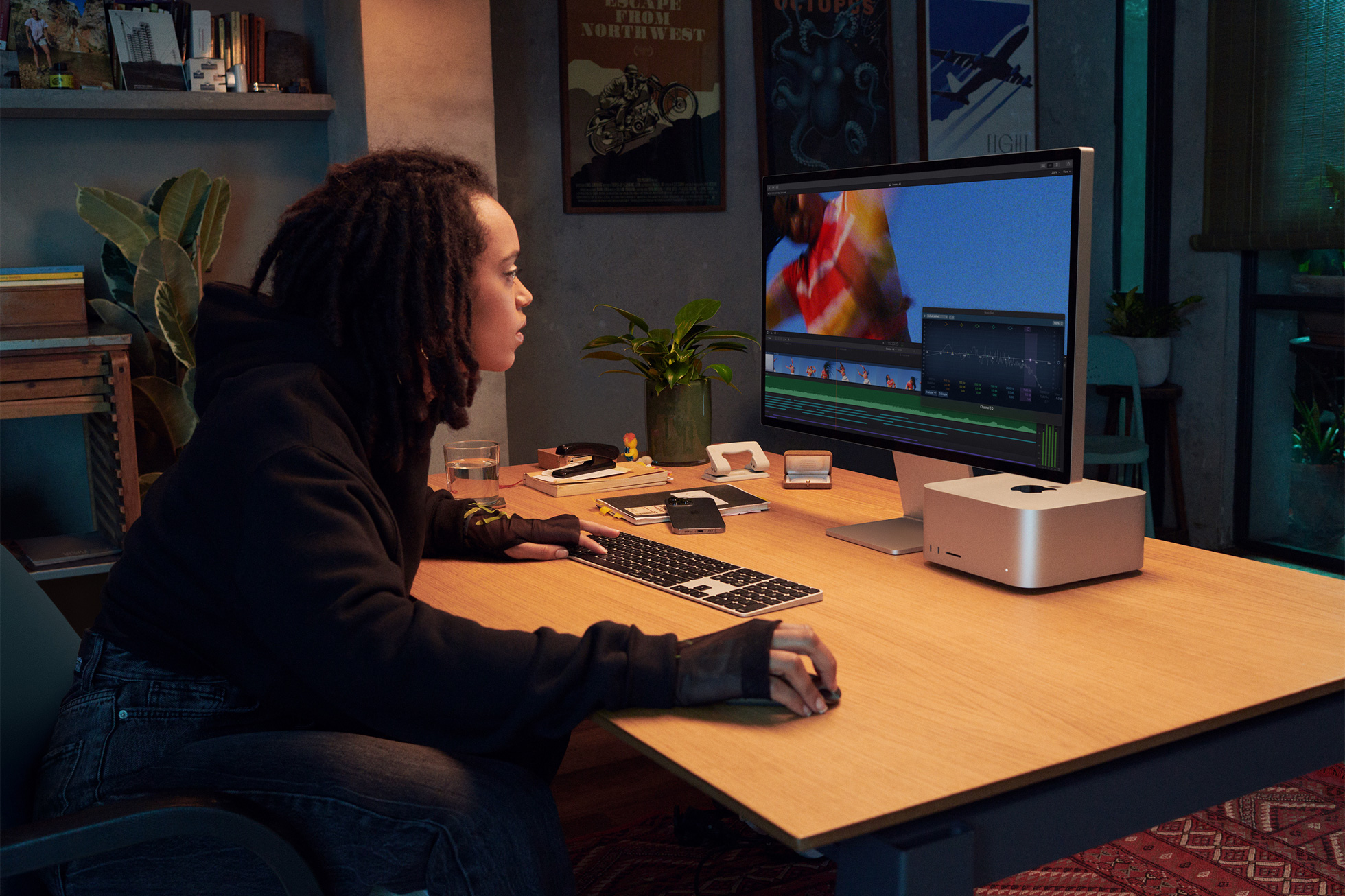
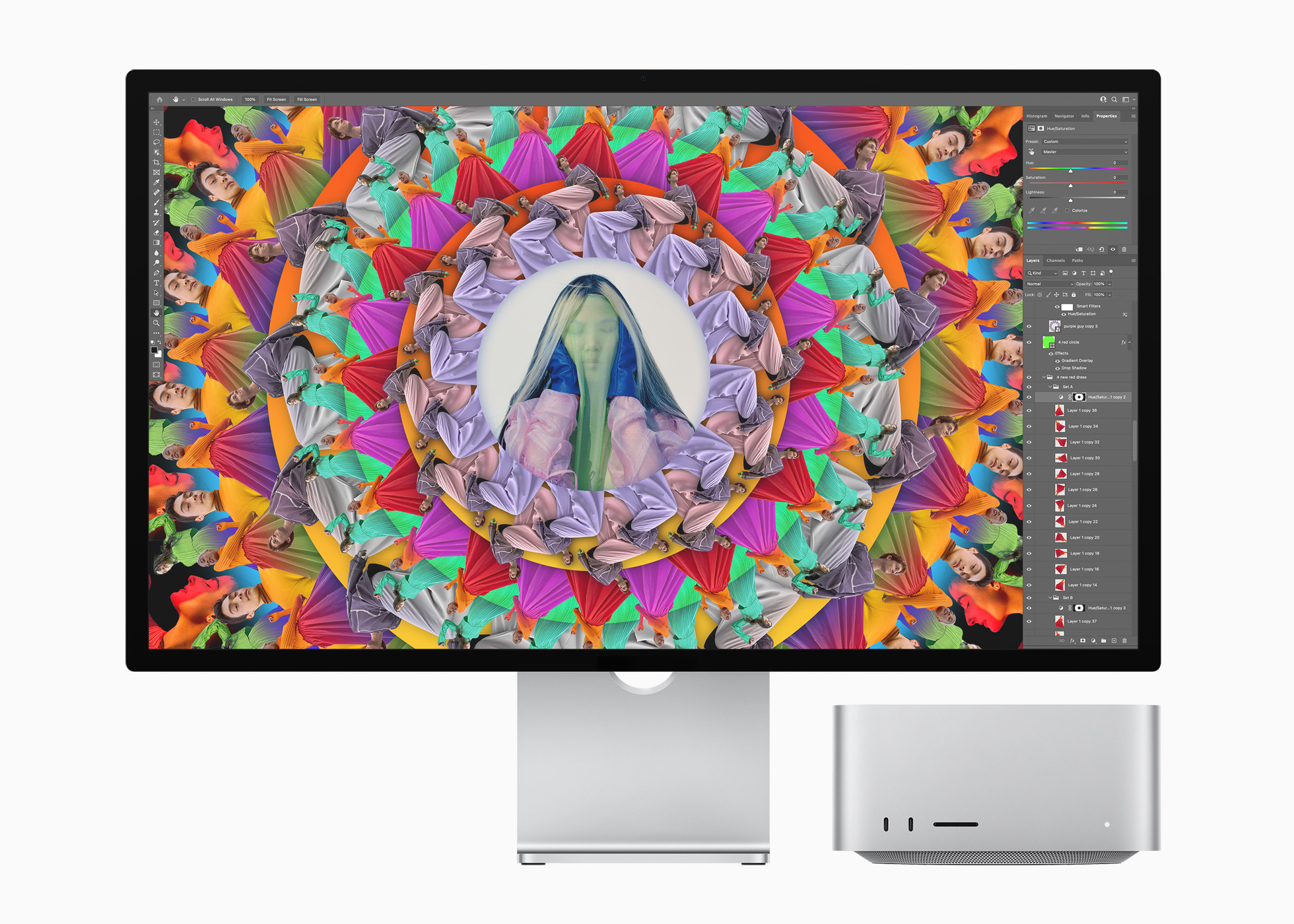
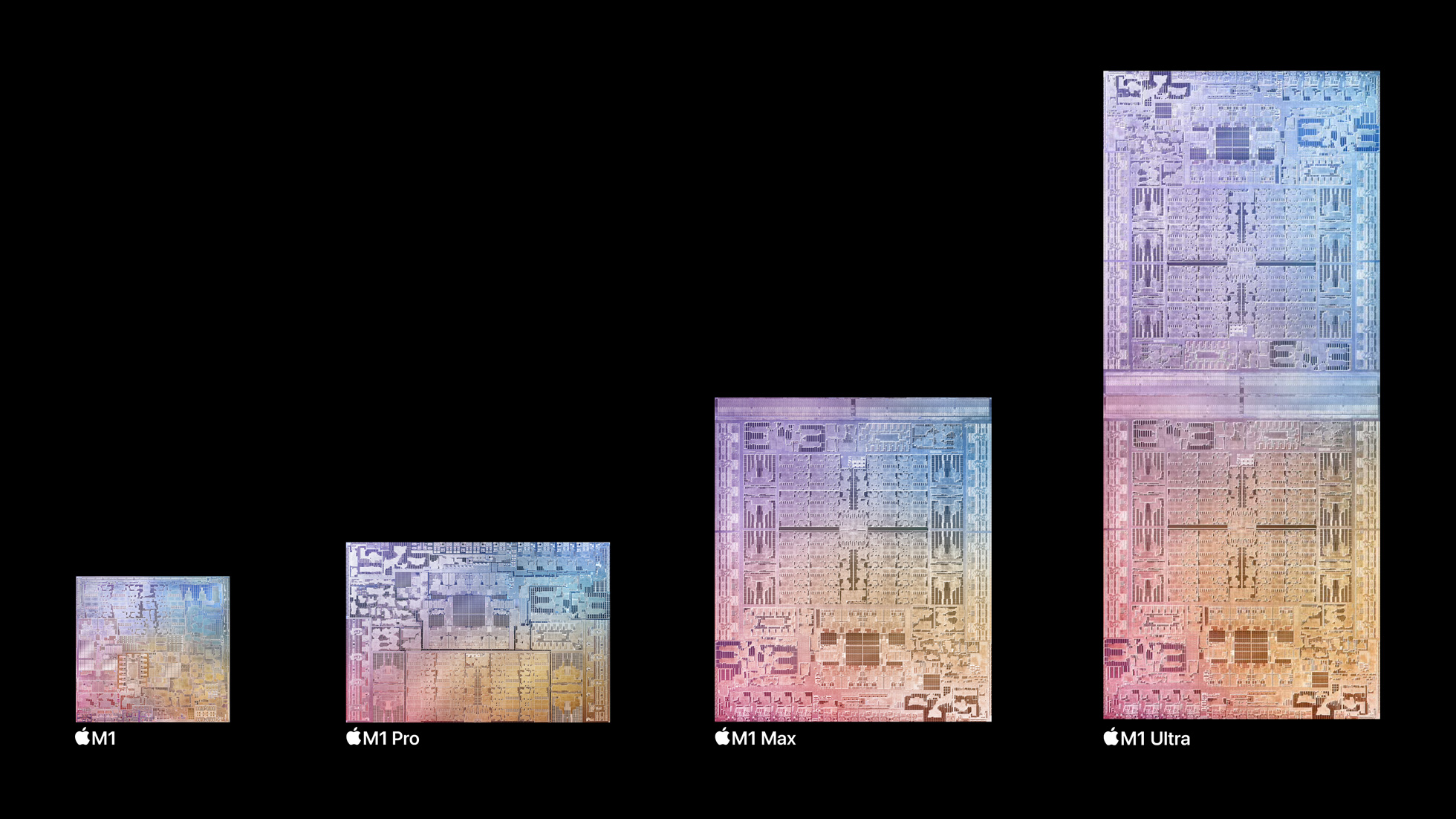
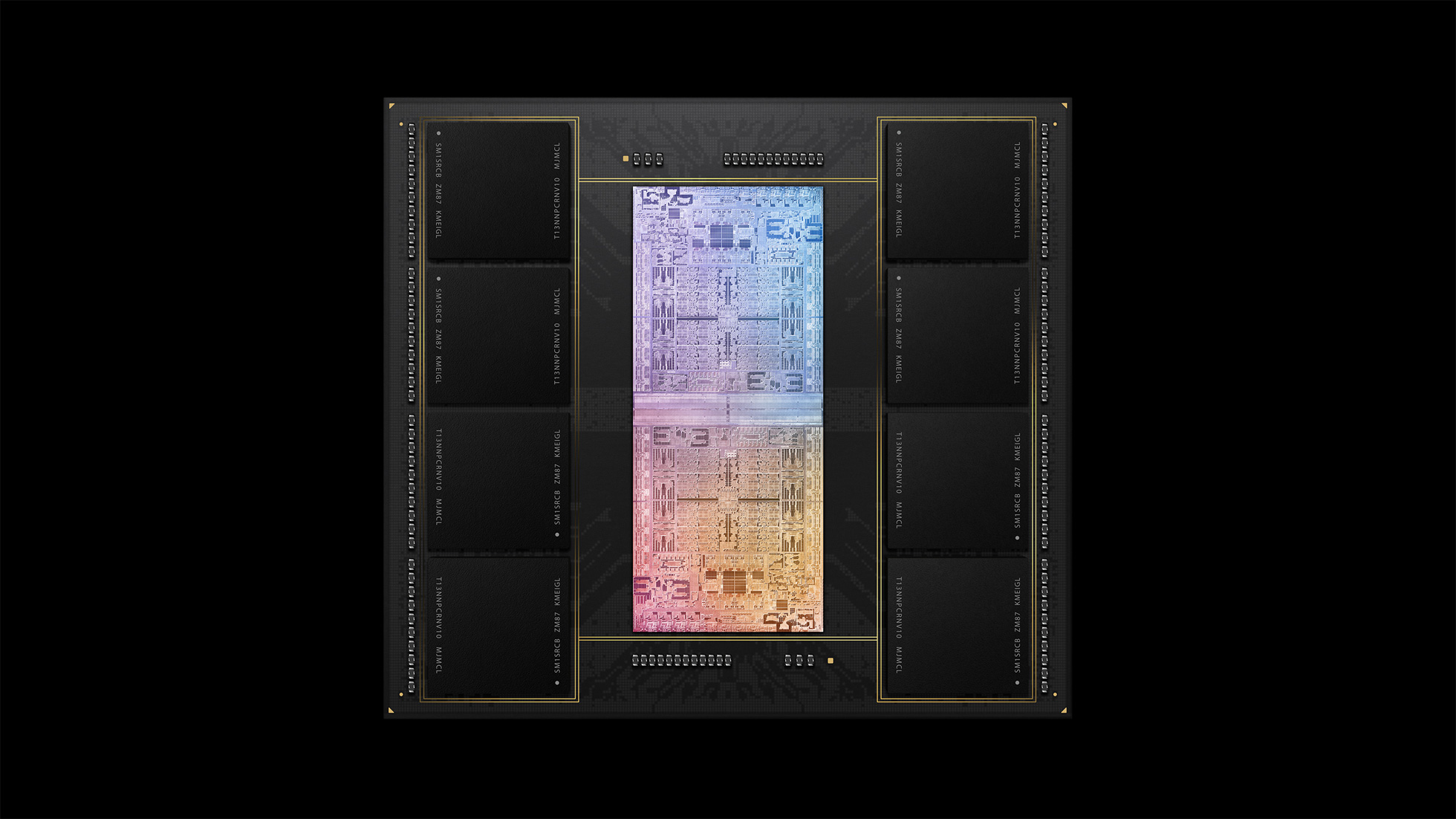


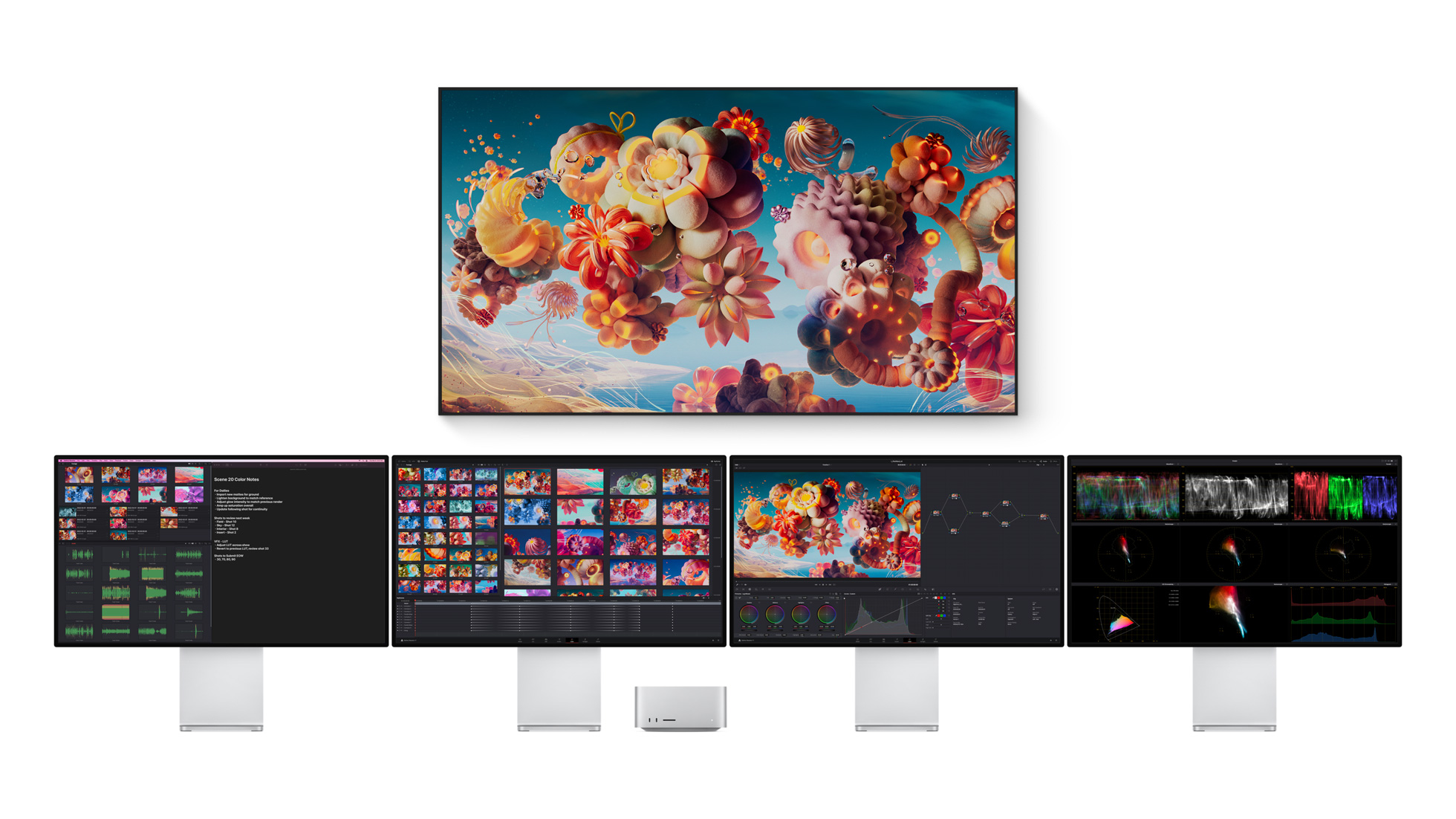
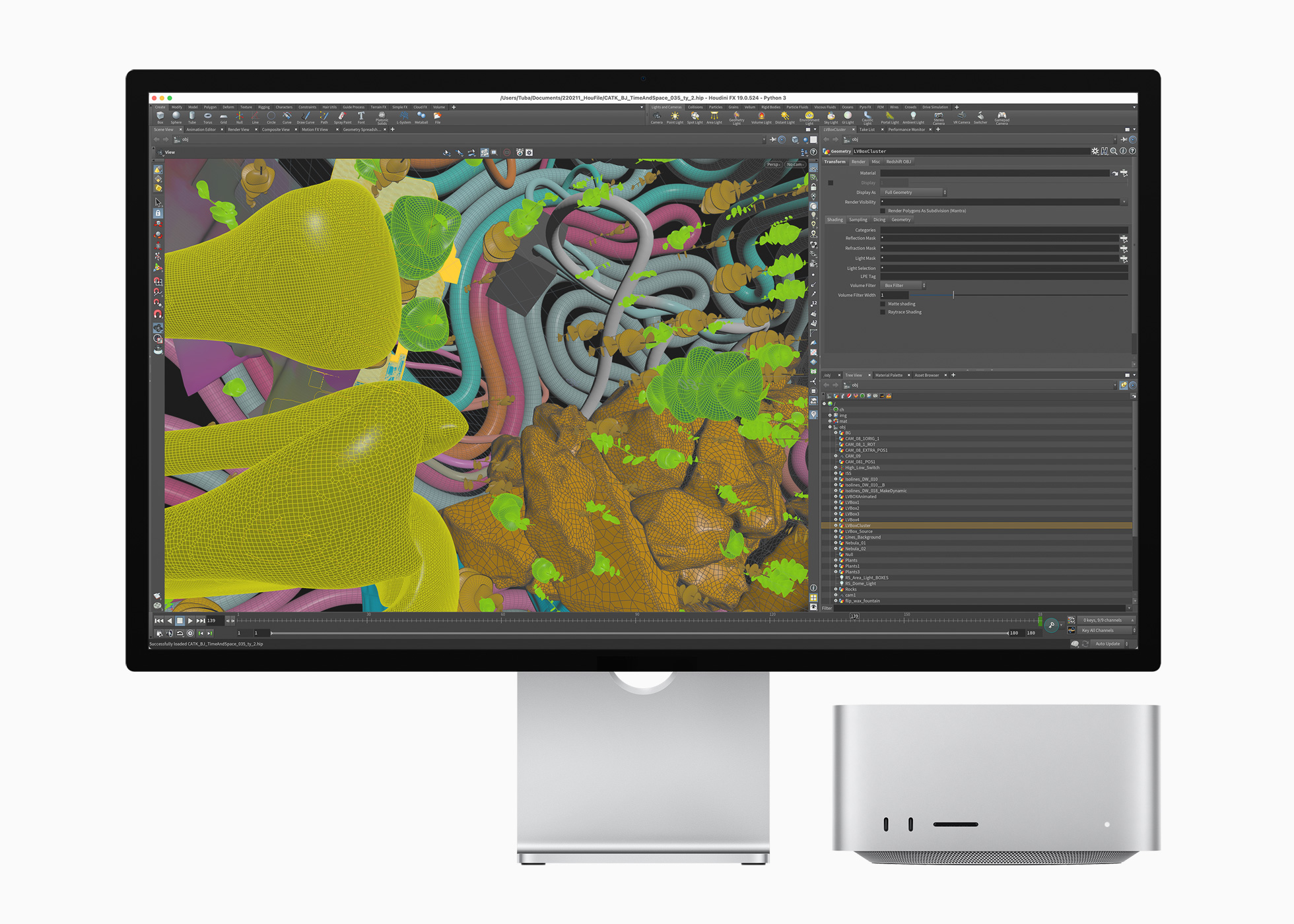
Still, we should not steal any limelight from the star of the show, the Mac Studio. It packs six Thunderbolt 4 capable USB Type-C ports (four at the back, two up front) and one HDMI port. As per their presentation, it supports up to five displays at the same time. For content creators, there is an SDXC card slot up front for a much more fluid workflow when you need it. Of course, if you work with CF Express cards, you still need a reader.
Price and Availability
You can buy the new Apple Mac Studio in two main configurations – M1 Max, or M1 Ultra. The M1 Max Mac Studio starts at MYR 8,799, which is the price of a decent gaming PC. The M1 Ultra variant of the Mac Studio starts at MYR 16,799, which can be more expensive than a high-end gaming PC. You can top out the Mac Studio with and M1 Ultra with 64-core GPU, 128GB in unified memory and 8TB in SSD storage. That will set you back MYR 32,799. If you really want to, you can add Final Cut Pro and Logic Pro into the package and pay nearly MYR 35,000 for on Mac Studio with M1 Ultra.
It will be available in the US from the 18th of March 2022. As per the Studio Display, there are no confirmed local (Malaysia) availability dates for the Mac Studio currently. We are guessing as well that it would hit the Malaysian shores somewhere in April or May. More information on the Apple Mac Studio can be found on their website.




